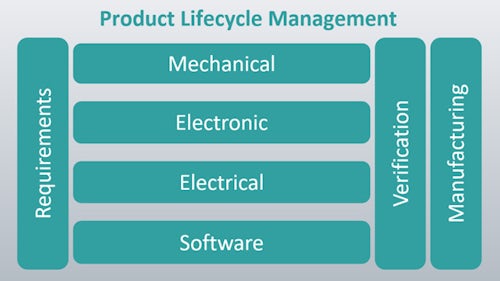In recent years the marine industry has faced a variety of trends putting pressure on standard design methods and models. It’s become clear, however, that shipbuilders need to innovate to remain competitive in these troubled waters. Ship design software is a vital tool to harnessing the abundance of complexity in the industry and implementing an integrated approach to ship design and engineering.
New technology in the maritime industry
A few key trends are impacting the marine industry: the move toward sustainability, volatility in the global economy, and increasing demand for high value-added vessels and multi-role or multi-purpose vessels. Ship designers can meet these challenges and turn them into a competitive advantage by utilizing new technology in the maritime industry. Using ship design software to implement an integrated approach to the ship design process creates opportunities for better, more efficient vessels and greater innovation.
Innovation in the design and engineering of future vessels
These trends mean that future vessels will need to operate differently. Leveraging ship design software allows shipbuilders to:
- Use simulation to optimize design and performance
- Maintain consistency of data during design and engineering
- Connect design processes to construction and operations
- Enable the construction of electric and connected ships
- Improve collaboration and information management
Master ship design basics with integrated software
Experienced shipbuilders know that the design and engineering phase impacts 85% of total construction costs and determines approximately 90% of vessel performance. An integrated approach to this crucial phase of the ship lifecycle can help shipbuilders master these ship design basics by accelerating innovation, reducing delivery times and lifecycle costs, mitigating risk, and controlling the design spiral.
Download the Ebook now to learn more about implementing an integrated ship design and engineering solution into your marine enterprise.



